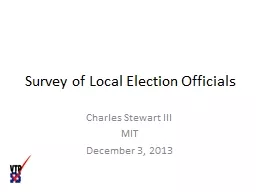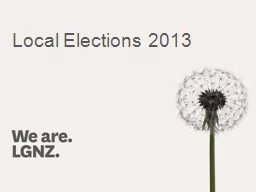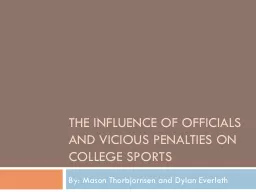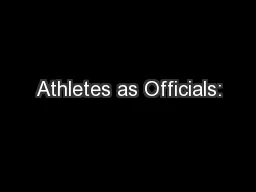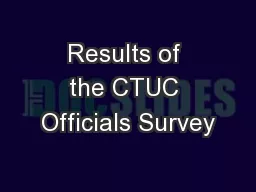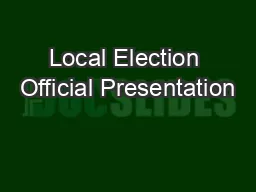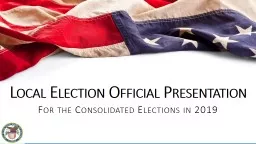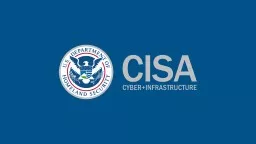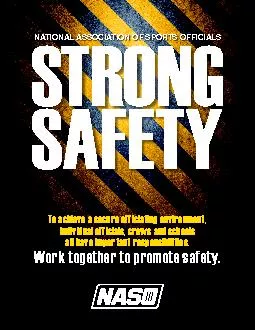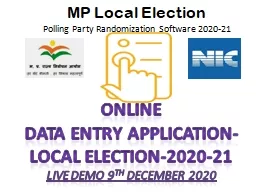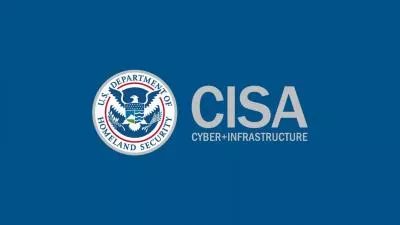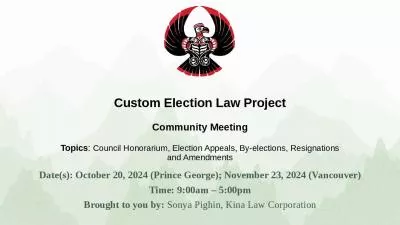PPT-Survey of Local Election Officials
Author : danika-pritchard | Published Date : 2017-10-26
Charles Stewart III MIT December 3 2013 Background Purpose To hear from the election administrators themselves about what is happening where we are headed and what
Presentation Embed Code
Download Presentation
Download Presentation The PPT/PDF document "Survey of Local Election Officials" is the property of its rightful owner. Permission is granted to download and print the materials on this website for personal, non-commercial use only, and to display it on your personal computer provided you do not modify the materials and that you retain all copyright notices contained in the materials. By downloading content from our website, you accept the terms of this agreement.
Survey of Local Election Officials: Transcript
Download Rules Of Document
"Survey of Local Election Officials"The content belongs to its owner. You may download and print it for personal use, without modification, and keep all copyright notices. By downloading, you agree to these terms.
Related Documents

